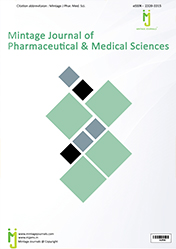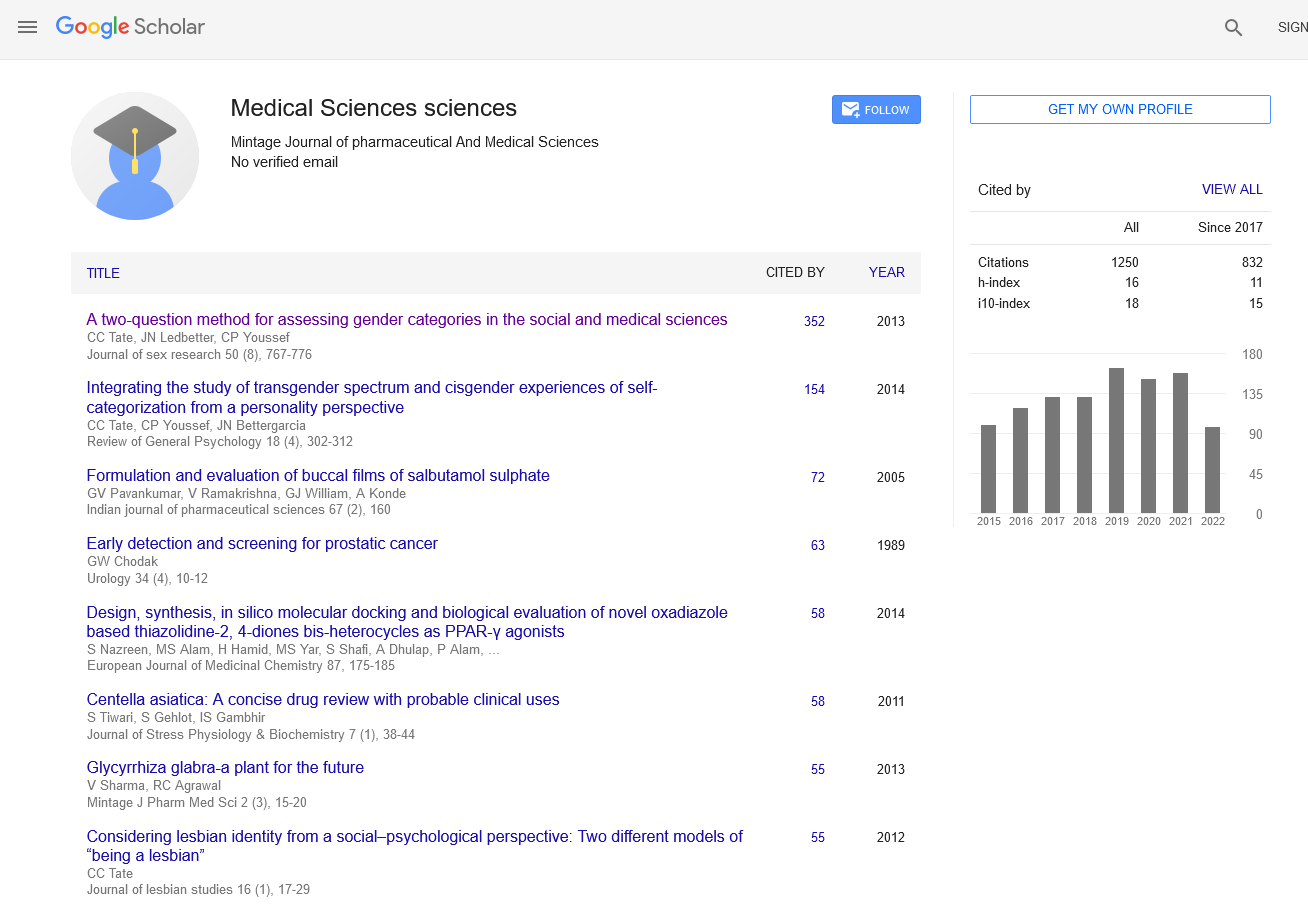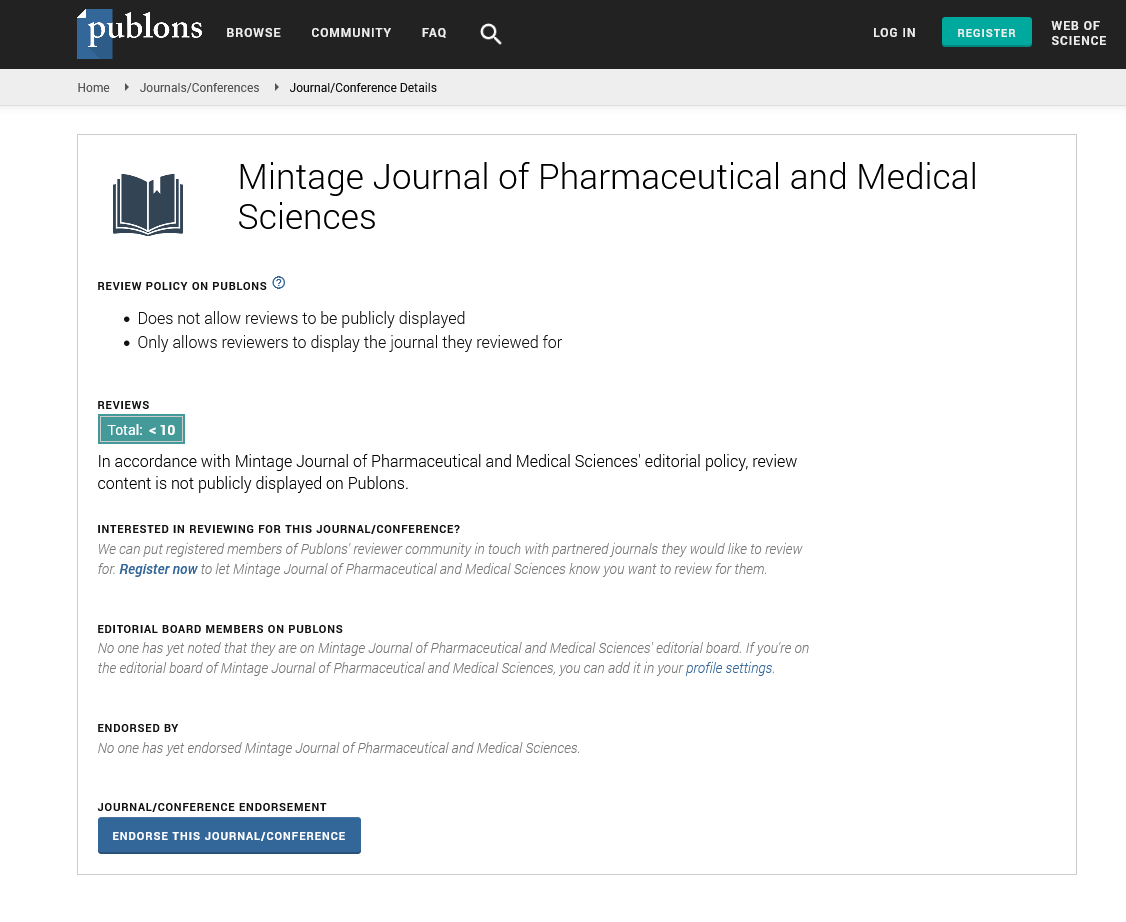Abstract
OCCURRENCE OF CONSANGUINEOUS MARRIAGE IN BAJAUR AGENCY, FEDERALLY ADMINISTERED TRIBAL AREAS, KHYBER PAKHTUNKHWA, PAKISTAN
Author(s): Farzana Perveen
Inconsanguineous marriage,the genetic and medical disorders are increased in the offspring with passage of time. It is a big challenge for our society to get complete information of their prevalence, their risk factors andto control these disorders. The present survey was conducted duringJanuary-March 2012 in different areas of the Bajaur Agency, Federally Administered Tribal Areas (FATA), Khyber Pakhtunkhwa (KP), Pakistanincluding Alijan, Anatkali, Chamerkand, Gandaw, Loisam, Manudera, Nawagai, Nawaikali, Raghagan and Sadiqabad where theyare dominant.Data were collected from 123 consanguineous married couples through questionnaire comprised of information about complete history and risk factors of the medical and genetic disorders. During cousin marriages, the couples’ parents were married to their 1stcousin 52% while married to their 2ndcousin 49%. The couples participated themselves were 1stcousin 87% while 2ndcousin 13%. They were obese 34%, weak 48%, and normal 18% while age was minimum 14 and maximum 30 years, however, maximum marriages were observed at the age of 20 year. The couples having genetic disorders like anemia, obesity and thalassemia were 20, 23 and 20%, respectively; however, non-genetic disorders, bone diseases, depressive illness and respiratory diseases were 21, 20 and 25 %, respectively. Such communities may requirecomprehensive genetic education and premarital genetic counseling programsfor awareness and education.

ISSN: 2320-3315
ICV :81.58

